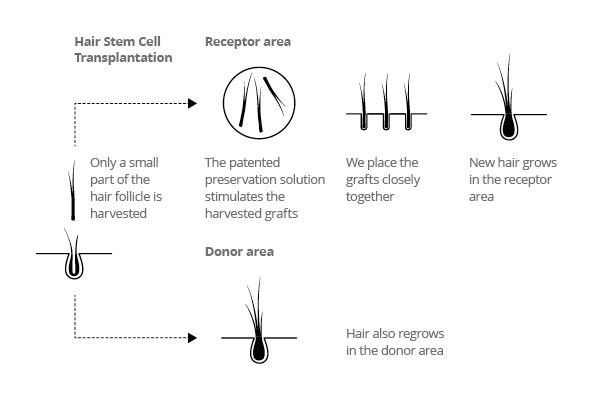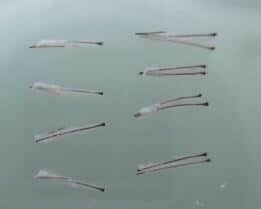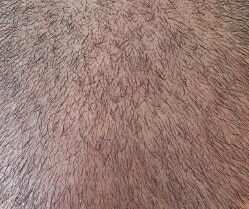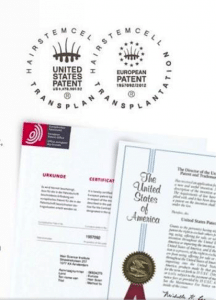STEM CELL TRANSPLANTATION
HST BERNE STEM CELLS HAIR TRANSPLANT
Hair Stem Cell Transplantation (HST) is the revolutionary hair transplantation technique that offers the best results
Hair Stem Cell Transplantation
The HST method
Recently, in Suitzerland, an innovative hair transplant technique has arrived, exclusively. She was born in the Netherlands and is a patent of the Dutch research doctor, Conradus Chosal Gho.
This technique, which stands for HST which stands for Hair Stemcell Transplantation, is also called PL FUT which stands for Partial Longitudinal Follicular Unit Transplantation. It is also known as Hair Moltiplication. HST has been practiced for years in the countries of northern Europe, London in Great Britain, Maastricht and Amsterdam in Holland, Paris and Cap d’Antibes in France. More than 20,000 interventions have been carried out in recent years, with remarkable results.
Hair Stem Cell Transplantation
HST: different from FUE and FUT
Although it applies to individual follicular units, this technique differs from conventional FUE. While the latter practices the displacement of follicular units from the donor area at the back of the head to the receiving area, HST only collects portions of these follicular units from the follicular units. Using needles, commonly known as punches, half a millimeter in size, only a small portion of the follicular unit is removed.
These small partial samples are intended to create separate sections of hair stem cells. These stem cells are present in both the collected portion and the remaining portion in situ. This is the basis of the hair moltiplication process. Each set of stem cells gives rise to the regrowth of a follicular unit identical to the one from which it comes.
A REVOLUTIONARY TECHNIQUE
HST: multiplication of treated follicular units
From a follicular unit we generate two, so we can speak of multiplication of these. The multiplication of hair/follicular units is the solution when the patient unfortunately has a thin or exploited donor area that has undergone other procedures. Another resolutory case, impossible to solve by other techniques, is that of the restoration of vast alopecia. The transplanted hair as well as those that will develop from the residual portions of follicular units, grow back after a nine-month cycle. Follicular units reproduce and regenerate in exactly the same way as the original ones. Once the donor area has regenerated, it will be possible, if the patient wishes, to perform new procedures.

VISIBLE RESULTS IN A FEW MONTHS
The results of the HST method

Donor area before follicle extraction

Grafts taken from the donor area

Detail of the recipient area 9 months after treatment
HST: only in Hair Science Clinics
HST is practiced exclusively in the Hair Science Clinics by doctors trained at the Hair Science Academy in Maastricht where the scientific laboratory that gave birth to the patent is located. The procedure is done by taking half-millimeter-sized grafts. These samples are the size of a needle. In this way, small wounds heal very quickly and after two or three days, the skin is perfectly healed.
Hair Stem Cell Transplantation
HST: without scarring, bleeding or bandage
There is no bleeding and therefore the patient will not have to be blindfolded at the end of the operation. The postoperative course is quick, with no traumatic consequences. After a few days, with the start of growth of the hair previously shaved, the appearance of the patient is presentable and does not require social eviction as in other cases. Since grafts are microscopic, they allow a high density restoration in the donor area, the grafts being indeed very close to each other.
HST: thin implants reinforced by a patented medium
These lean, tissue-less transplants would not survive once extracted, as is the case with a plant that has been removed without soil around the roots. We have to give energy to the transplants so that they can survive. This happens by immersing them in a bath of a patented pharmaceutical composition composed among other things of extracellular matrix elements. The Grafts must remain in this compound, called Medium, at least two hours after they were extracted.
During the extraction phase, the grafts are removed from the patient’s donor area. Here follicular units are insensitive to dihydrotestosterone and are free from fall. These same follicular units once transplanted will give birth to hair that in turn will no longer fall. The replanting phase in the recumbent area is done by very small holes on the patient’s skin. These holes are the places in which the samples already prepared must be inserted at short distance.
HST: scarless, high density, natural appearance
The result is a great natural hair, without scars, and with a very high density. The HST technique also applies to the reconstruction of eyebrows, beard and the restoration of scars such as those caused by the FUT FUSS or bandelette graft. HST is also a technique of reconstructive surgery, illustrated in various scientific publications, for skin burns.
HST: with honest consultation about the project that can be carried out
The patient, before choosing to undergo an HST procedure, undergoes a trichological examination. This visit, after writing a detailed history form, aims to define the intervention project with the patient. The patient generally has very high expectations. With the consultation, he will become aware of his situation. In particular, he will be clearly told what are the conditions of his donor zone. This is to disillusion the patient from the illusory expectations in which, unfortunately, other unscrupulous operators induce patients.
However, the number of follicular units available to the patient is limited. The promise of miraculous results is made without too many scruples by operators with unethical behaviors, what is more, it is made attractive by really low economic costs. The damage that often results from interventions in countries with low hygienic requirements and often by non-medical qualified operators is difficult to restore.
With the consultation, the patient is honestly informed of its real potential in terms of transplant offered by its donor area. In addition, this finding must be related to the area that needs to be restored. Donor areas with the highest potential because they have a large capital of follicular units, can provide 4 to 6 thousand follicular units. Thereafter, this donor zone will no longer be able to be exploited. If the patient’s alopecia is important, classified in Norwood 4 or higher, the patient who relies on techniques that simply move the follicular units on the head, will undergo only partial and incomplete restoration, without taking into account the expectations made important by the promises.
A REVOLUTIONARY TECHNIQUE
HST: only in Hair science clinics

Telephone
+41 79 892 23 77
Where we are
hasci.swiss@gmail.com
